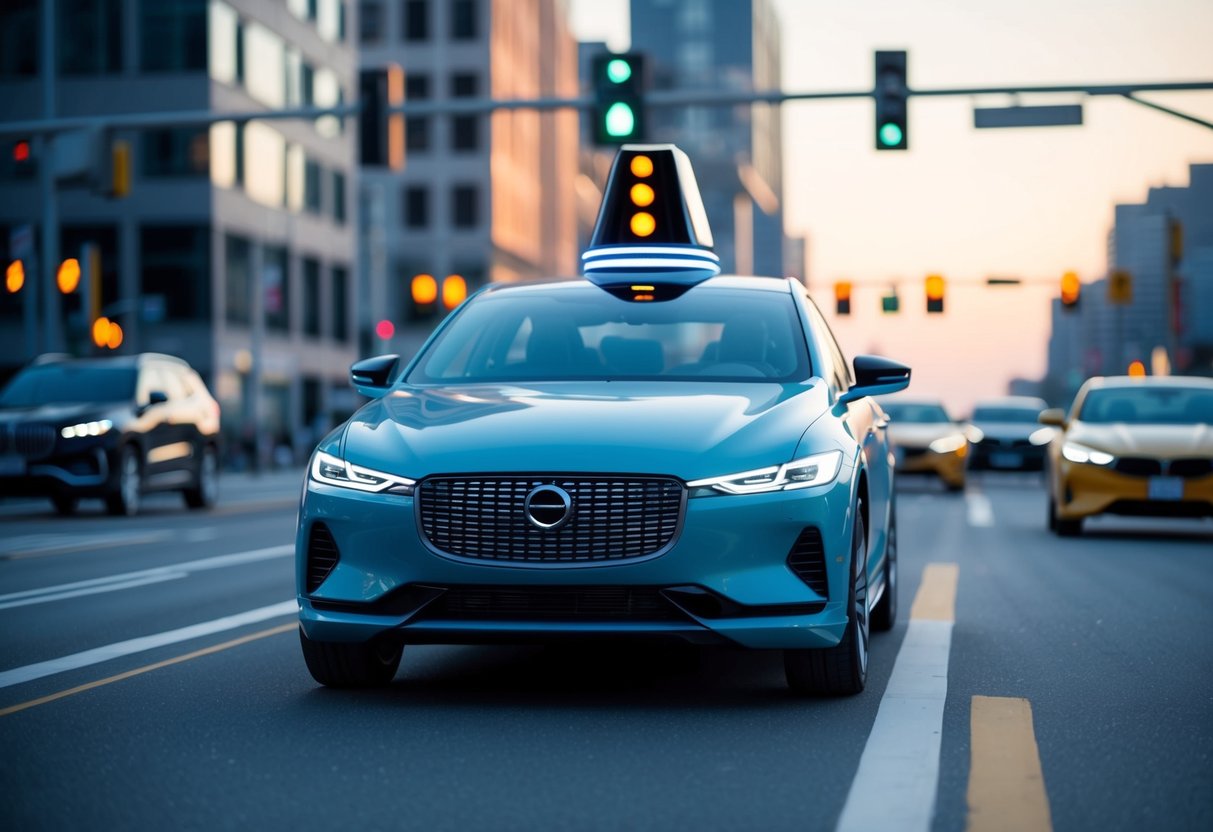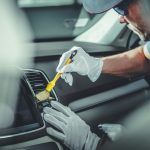The Future of Car Safety: Breakthrough Technologies Saving Lives
The Effectiveness of ADAS in Preventing Accidents
The implementation of ADAS has significantly reduced the occurrence of vehicle accidents. Studies indicate a decrease in rear-end collisions and side-swipe incidents due to technologies like AEB and BSD. These systems respond faster than human reactions in critical situations, providing an added layer of safety.
Furthermore, some insurance companies offer discounts to drivers who use vehicles equipped with ADAS, reflecting their confidence in these technologies’ ability to prevent accidents. Despite initial costs, the long-term benefits in terms of reduced accident rates and potential savings on insurance premiums highlight the transformative impact of ADAS on modern roadway safety.
Vehicle-to-Everything (V2X) Communication

Vehicle-to-Everything (V2X) Communication represents a pivotal advancement in road safety, facilitating real-time data exchange between vehicles and their environment. This system enhances situational awareness and optimizes traffic management.
How V2X Contributes to Road Safety
V2X communication improves road safety by providing vehicles with the ability to communicate with one another, as well as with infrastructure such as traffic lights and road signs. This communication allows for early warnings about potential hazards like sudden braking, intersections, or pedestrians crossing unexpectedly. The system is also instrumental in reducing collision risks by alerting drivers to the proximity and speed of other vehicles.
V2X technology helps manage traffic efficiently by providing data on traffic flow and congestion. With vehicles constantly exchanging information, traffic management centers can monitor and control traffic signals to reduce gridlock and improve safety. By improving the flow of information, the overall environment becomes more predictable and safer for all road users. As V2X becomes integrated into more vehicles, its potential to prevent accidents and enhance road safety continues to grow significantly.
Integrating V2X with Current Safety Technologies
Integrating V2X with current automotive safety systems such as adaptive cruise control, lane-keeping assist, and emergency braking systems strengthens the overall effectiveness of these technologies. By providing additional data from the environment, V2X allows these systems to make more informed decisions, enhancing their reliability and performance. Additionally, V2X plays a crucial role in the development of autonomous vehicles by offering a broader situational awareness that complements the data collected by on-board sensors.
The synergy between V2X and existing systems enables a more comprehensive safety network, where vehicles act both independently and collaboratively. The integration not only increases individual vehicle safety but also promotes a collective safety ecosystem on the roads. As technology progresses, the seamless merging of V2X with current safety systems represents a significant step toward achieving the vision of zero accidents.
Collision Prevention Systems
Recent advancements in technology are reshaping car safety, providing innovative solutions that actively work to prevent collisions. Automatic emergency braking and forward collision warning are pivotal components that enhance driver safety and reduce accident-related injuries.
Automatic Emergency Braking
Automatic emergency braking systems are designed to detect imminent collisions and apply the brakes automatically if the driver does not respond in time. Using sensors, cameras, and radar, these systems monitor the vehicle’s surroundings continuously, identifying obstacles and other vehicles. When a potential collision is detected, the system alerts the driver and applies brakes if necessary to prevent or mitigate the impact.
These systems are increasingly standard in new vehicles, with enhanced versions improving their accuracy and responsiveness. They not only protect drivers and passengers but also benefit pedestrians and other road users. As this technology evolves, it significantly contributes to reducing rear-end collisions, one of the most common types of accidents on the road today.



